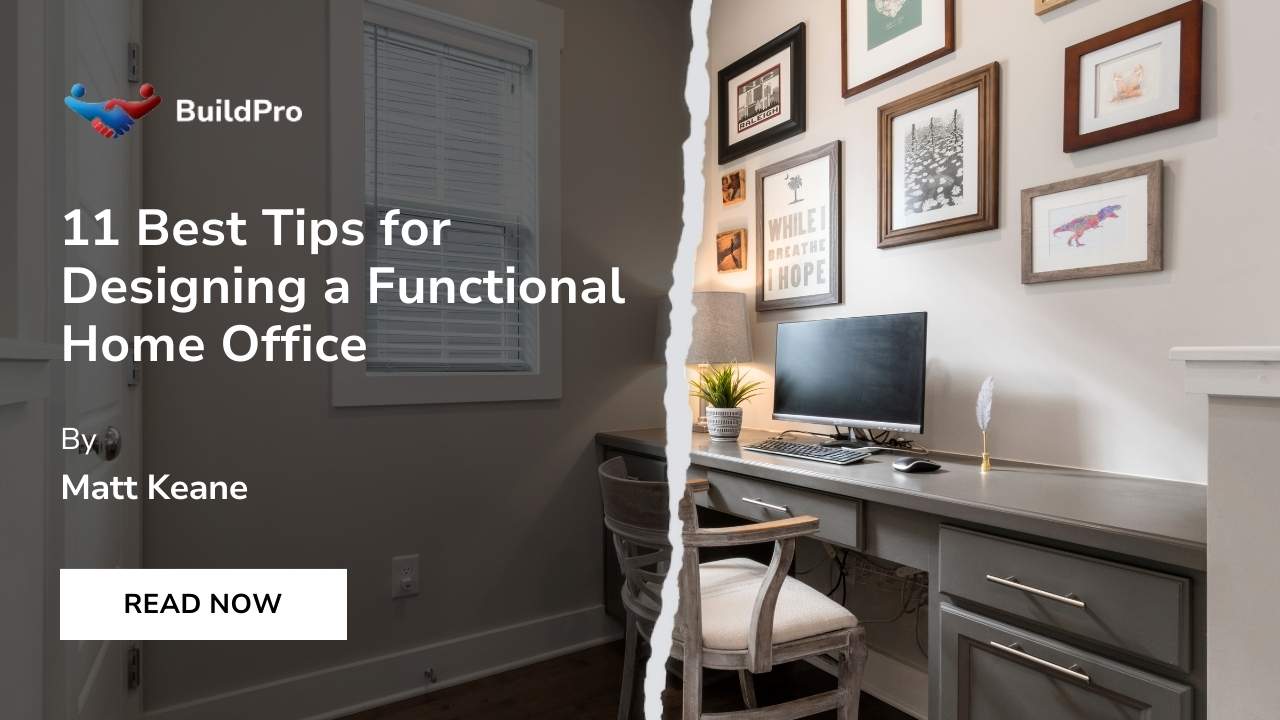Expanding foam insulation is becoming an increasingly popular choice for homeowners who want to improve energy efficiency and cut down on heating and cooling costs. In addition to sealing even the smallest gaps, it works well in walls, ceilings, and hard-to-reach spaces. However, it’s important to understand both its benefits and drawbacks before making a decision.
For example, while it offers excellent thermal resistance and durability, it can be more expensive than traditional insulation and often requires professional installation.
In this blog, we will explore is explanding foam good insulation, including its advantages, discuss potential downsides, and compare it to other common insulation materials. So that you’ll have a better idea of whether it's the best choice for your needs.
What is Expanding Foam Insulation?
Expanding foam insulation is a popular method for improving energy efficiency and reducing heat loss in homes. But is expanding foam good insulation for all types of buildings? To answer this question, it’s essential to understand its uses and the different types available.
Types of Expanding Foam
- Open-cell foam is a lightweight option that works well for interior walls and areas where soundproofing is needed. Its lower density allows some airflow, but it still provides sufficient thermal resistance. Open-cell foam is often a great solution for this purpose.
- Closed-cell foam is a denser and stronger alternative, making it suitable for exterior walls and spaces exposed to moisture. This type creates an airtight barrier that prevents water infiltration and improves energy efficiency. Closed-cell foam is often the best choice because of its durability and effectiveness.
Whether it’s for indoor or outdoor use, this material offers versatile benefits to improve the overall insulation of your property.
Is Expanding Foam Good Insulation?
Expanding foam insulation is recognised for its excellent thermal resistance and durability, making it a highly effective solution for improving energy efficiency. It helps lower energy usage, controls moisture, and limits mould growth, providing numerous advantages.
Energy Efficiency
The primary purpose of insulation is to reduce energy loss, and expanding foam excels in this area. It has an R-value ranging from 3.5 to 7 per inch, depending on its type, offering superior thermal resistance.
A higher R-value means better heat flow resistance, and spray foam outperforms many traditional materials. It prevents air leaks, reducing the workload on heating and cooling systems, which can lower energy bills by up to 35%.
Moisture Management
Although not entirely waterproof, expanding foam can help protect against humidity issues. Open-cell foam is semi-permeable, allowing some air and moisture to pass, making it more flexible.
Closed-cell foam, with its dense structure, is better at blocking water vapour, making it ideal for humid climates to prevent dampness and water penetration.
Air Sealing Capabilities
Expanding foam effectively seals gaps and cracks due to its ability to expand and harden in place.
This helps reduce energy loss while adding strength and stability to structures. Additionally, it can act as a soundproofing material, reducing external noise disturbances.
Mould Resistance
By controlling moisture, expanding foam helps prevent the growth of mould. It contains no organic material for mould to feed on, which is critical in maintaining a healthy indoor environment.
However, foam insulation should only be applied after addressing the root cause of any dampness.
Fire Resistance
While the core components of expanding foam are flammable, fire-retardant additives are included to reduce the risk.
These substances, along with a fire-resistant coating, slow the spread of flames, enhancing safety. Although it’s not entirely fireproof, these measures help minimise fire-related risks.
Long-Lasting Performance
Expanding foam insulation is durable, resisting heat, moisture, and chemical exposure for up to 80-100 years. This longevity makes it a cost-effective investment over time. However, it should be shielded from UV rays, as prolonged exposure can degrade its performance.
Expanding foam insulation combines efficiency, durability, and versatility, making it a reliable choice for many homes and buildings.
Common Mistakes to Avoid When Using Expanding Foam Insulation
Using expanding foam insulation effectively means avoiding common mistakes. Following these tips ensures safe and efficient insulation:
1. Never spray foam near sparks or open flames, as it is highly flammable.
2. Avoid maximum-expansion foam around windows to prevent frame damage.
3. Use foam to secure noisy water pipes, but leave access points clear.
4. Always check the expiration date to ensure the foam works as intended.
Conclusion
Expanding foam insulation is an excellent option for improving energy efficiency, reducing air leaks, and preventing moisture damage. However, its effectiveness depends on factors like your budget, specific insulation needs, and Ireland’s damp climate. By understanding its benefits and limitations, you can decide if it’s the right solution for your home.
For professional advise and proper installation, trust Build Pro to guide you through the process. Our team ensures the right type of insulation for your needs, delivering lasting results.
Contact Build Pro today to learn more and schedule a consultation for your insulation project.
















